Countless people dream of tending a lush garden but have no yard where they can plant one. If you face that dilemma, this article is for you. Gardening is not a luxury exclusive to individuals who own property or have access to a community garden. Instead, those who only have indoor living space can grow plants as well. The trick is knowing how to overcome the challenges of growing plants in the absence of an outdoor area. Treat the information in the following sections as a guide to apartment gardening for beginners.
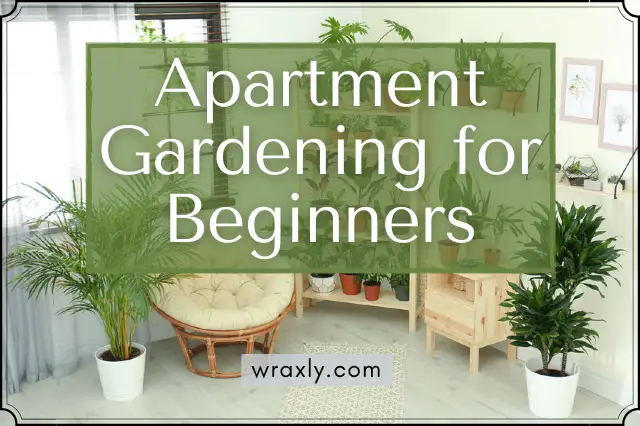
Make the Most of Your Sunlight
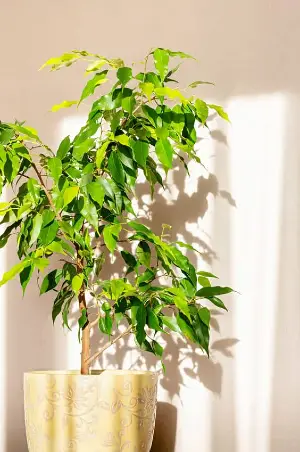
The most obvious limiting factor in apartment gardening is a lack of sunlight. Even the most novice gardener understands that plants need sunlight to carry out their vital process of photosynthesis.
When floor, walls, and ceiling surround your garden, it is hard to imagine that a plant could receive enough sunlight to survive. But the best you can do is make use of what you have.
Each apartment will differ in the amount of sunlight it lets in. Those with large, unobstructed, south-facing windows will get the most daily light. Apartments with small windows or ones that face away from the sun will get much less.
Start by recognizing how much sunlight your apartment gets each day and where and when that sunlight pours into your home. As you would guess, the sunniest parts of your apartment are the areas in which you can expect the best apartment gardening success.
Only after you gain a clear idea of the sunlight in your apartment can you begin to understand what plants might be suitable for your apartment garden. As you will see in the next section, some of the best plants for apartment gardens are those that can survive on very little light exposure.
Pick the Right Plants
Even the sunniest apartments will likely receive less light than outdoor environments. That is why it is so essential to select certain plant species that can thrive in low-light conditions.
Fortunately, there are several plant varieties that are suitable for apartment gardens. Let’s now take a look at a few of those options.
Plants for Low-Light Apartment Gardens
To your benefit, you’ll find that there are some plants that prefer low-light conditions. If you have very little light in your apartment, those shade-loving species should be at the top of your list. Here are a few species you should consider for a low-light apartment garden:
- English ivy
- Dieffenbachia
- Pothos
- Cast-iron plant
- Peace lily
Edible Apartment Garden Plants
Many people want a garden that is more than ornamental. Instead, they hope to grow plants that they can harvest and use in the kitchen. If that is your desire, there are a few edible plants that you can try growing in your apartment. However, you should know that while these plants can grow indoors, they typically call for several hours of daily sunlight. For most of these edible plants, four to six hours of sunlight is a necessity. If you can provide that light, try growing some of these edible plant species:
- Beets
- Kale
- Tomatoes
- Mushrooms
- Bell peppers
Herbs and Medicinal Apartment Garden Plants
Along with edible plants, there are a few herbs you can grow as well. Some of these options will add bursts of flavor to your recipes. Others hold beneficial medicinal qualities. Here are a few of the herbs and medicinal plants that stand a chance of surviving in an apartment garden:
- Basil
- Thyme
- Spearmint
- Sage
- Lavender
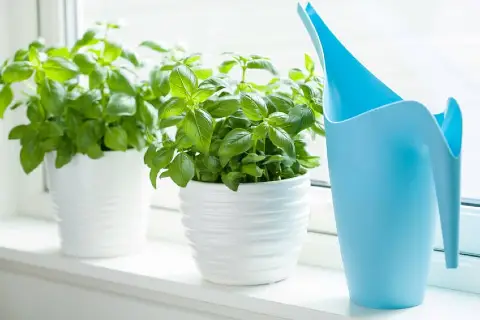
Plants for Sunny Apartments
If you are lucky enough to have a very sunny apartment, there are more plant species that you can consider for your garden. Here are a few plants that will grow well in sunny apartment areas:
- Geranium
- Aloe vera
- Cactuses
- Jade plant
- Crotons
Alter Your Indoor Environment
Sunlight is not the only environmental factor you should evaluate. Think of the elements that an outdoor plant faces on an average day. They will not only encounter a different degree of sun exposure but also experience rainfall, wind, and varying levels of humidity.
The lack of these elements can each have a different effect on your apartment garden. For example, the lack of wind in an apartment means that your plants won’t suffer from wind damage.
Conversely, the absence of rainfall implies that your plant won’t receive any moisture naturally. That means that you will be responsible for providing all of the water your plant needs to survive and grow.
Humidity is another environmental factor that some apartment gardeners do not consider. The chances are that your apartment may be less humid than the ideal growing conditions that your plants prefer. This is especially true when you are running your heat, which can further dry out the air in your apartment.
As with any garden, you need to know and meet the unique needs of your plants. If your plants enjoy humidity, make sure you provide that condition. Using a spray bottle to moisten your plant’s leaves or running a humidifier could do the trick.
Apartment Gardening Requires Containers
If you were paying careful attention in the last section, you might have noticed that we left out one of the most crucial environmental factors—soil.
Apartment gardening calls for you to create and control the soil conditions in which your plants grow. While this takes some forethought, this fact is an advantage to you.
Success in this stage is a twofold approach. First, you need to use excellent soil that has all the nutrients that will encourage vigorous plant growth. Second, you need a container in which to put that soil.
A great container will consist of natural material, provide plenty of space for root expansion, and allow water to drain out of it. Fabric grow bags meet all of these requirements and would make a great choice.
Neglecting any of those qualities will be a detriment to your plants. So, while the plants you wish to grow might be your primary concern, you must focus on choosing a high-quality container as well.
Also be aware of common container garden mistakes to avoid.
Recommended Containers
| Image | Title | Prime | Buy |
|---|---|---|---|
 Top
Top | AC Infinity Heavy Duty Fabric Pots, 3 Gallon Aeration Grow Bags 5-Pack with 320G Thick Nonwoven Fabric and Multi-Purpose Rings, for Low Stress Plant Training Fruits, Vegetables, and Flowers | PrimeEligible | Check Price on Amazon |
 Top
Top | Decorlife 12-Pack Grow Bags, 5 Gallon Thick Fabric Pots for Plants, Sturdy Handles & Reinforced Stitching, Labels Included, Grey | PrimeEligible | Check Price on Amazon |
Top Top
Top | VIVOSUN 5-Pack 7 Gallon Plant Grow Bags, Heavy Duty Thickened Nonwoven Fabric Pots with Handles | PrimeEligible | Check Price on Amazon |
 Top
Top | Wraxly Fabric Grow Bags - 10 Gallon Colorful Two-Tone Felt Planter Pots. Best Gardening Gift for Mom, Dad, and Plant Lovers! Premium Heavy-Duty. [5-Pack of Assorted Colors - Plus Black Bonus Bag!] | PrimeEligible | Check Price on Amazon |
 | Gardzen 10-Pack 5 Gallon Grow Bags, Aeration Fabric Pots with Handles | PrimeEligible | Check Price on Amazon |
 | Smirdx Plant Grow Bag, Large Heavy Duty Fabric Grow Pot for Durable Breathe Cloth Planting Container for Potato Carrot Onion, Gardening Outdoor (Black, 15 Gallon / Dia: 24” x H: 8”) | PrimeEligible | Check Price on Amazon |
Keep Up with Plant Maintenance
This point goes without saying for any type of garden, but for beginners, it is worth repeating. While indoor plants are a form of décor, they are unlike any other decorative item you might have in your home. The difference is that plants need ongoing maintenance. Even the most low-maintenance plants will need your attention occasionally. Do some research first so that you can give your plants the care they need.
A Few Apartment Gardening Ideas
By now you should have a good idea of apartment gardening basics. Next, you can explore some ideas that will help you add plants to your home, even if you have limited space. Here are a few tactics you might want to use:
- Window boxes – a way to take advantage of sunlight
- Trellises – a gardening approach that uses vertical space
- Hanging plants – an idea to keep floor space clear or add more plants to your apartment
Each of those methods will boost your chances of apartment garden success. But remember that it is important to avoid some gardening mistakes as well.
More Apartment Gardening Considerations
Before we wrap-up this apartment gardening guide, let’s look at some additional considerations. In the sections below, you can uncover a few tips that will help you avoid some apartment gardening errors.
Anticipating Growth
When you are successful in giving your plants the conditions and care they need, they will expand. Ensure that they have enough space to do so. In other words, don’t allow space for your plants based on their initial purchase size.
Anticipate plant growth by giving them room to expand their branches and leaves as they need. Likewise, notice when your plants outgrow their containers. When that happens, it is time to move your plants to a larger container so their roots can continue to spread.
Pets and Children
If you have pets and children, you need to exercise caution in plant selection. Some plants contain toxins that will harm the cat, dog, or kid that tries to eat them. Avoid that issue from the beginning by only planting non-toxic species.
Pests and Disease
While your plants live indoors, it remains possible for them to contract diseases or fall victim to infestations. The latter might be more common as insects that affect your plants will have no natural predators in an indoor setting. Keep a watchful eye over your plants to catch the first signs of pests or disease.
You may also be interested in… Container gardening ideas for busy lives
Using Outdoor Spaces
Most of this article dealt with the challenge of growing plants indoors. But some apartments have outdoor space as well. If you have a balcony, deck, or another outdoor area, use it. There you might find the sunlight your plants would miss out on when growing indoors.
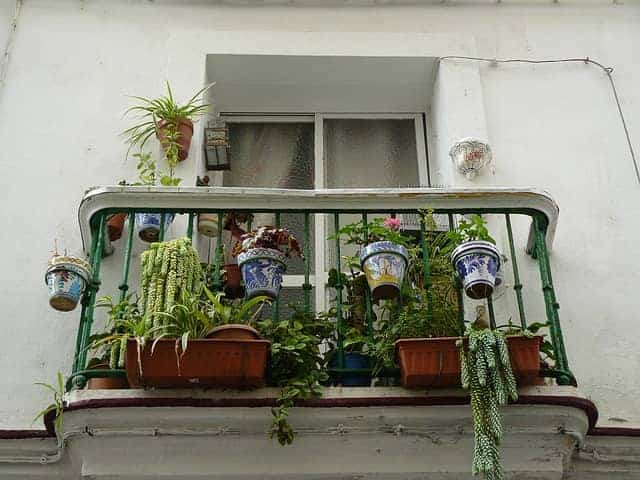
Why Apartment Gardening is a Great Idea
Apartment gardening is not only possible, but it is also a fantastic idea. Healthy indoor plants may help purify the air, provide kitchen ingredients, improve your health, and add some aesthetic charm to your home. Apartment gardens can also be a lot of fun. Use this article as your first step towards enjoying the rewarding practice of apartment gardening.

John Haryasz is a freelance writer and landscape designer. In the field of landscape architecture, he has contributed to many successful design projects throughout the country. As a writer, John specializes in creating captivating and informative web content. Through that work, he aims to share his design knowledge and promote engagement with the outdoor world.
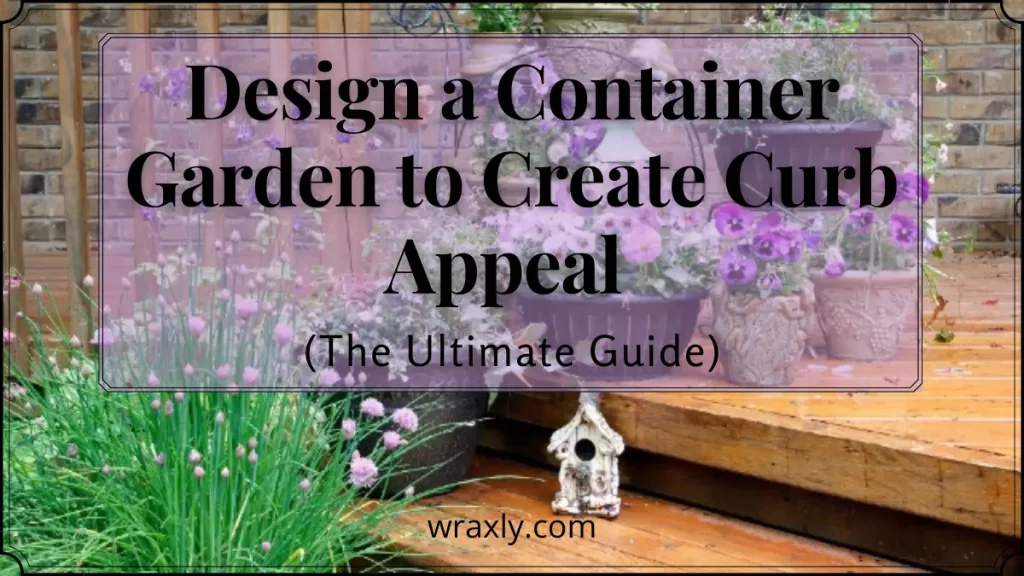
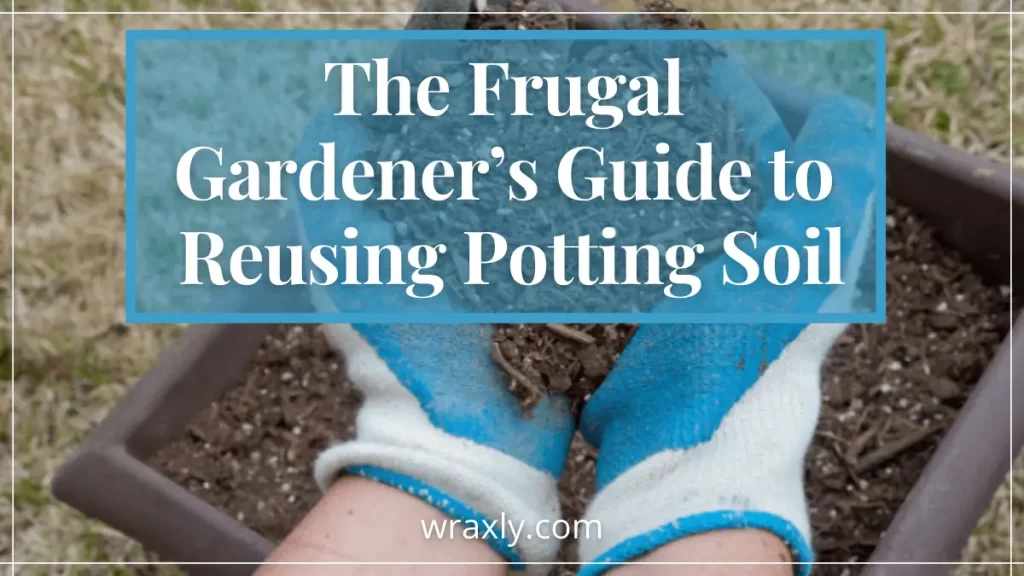
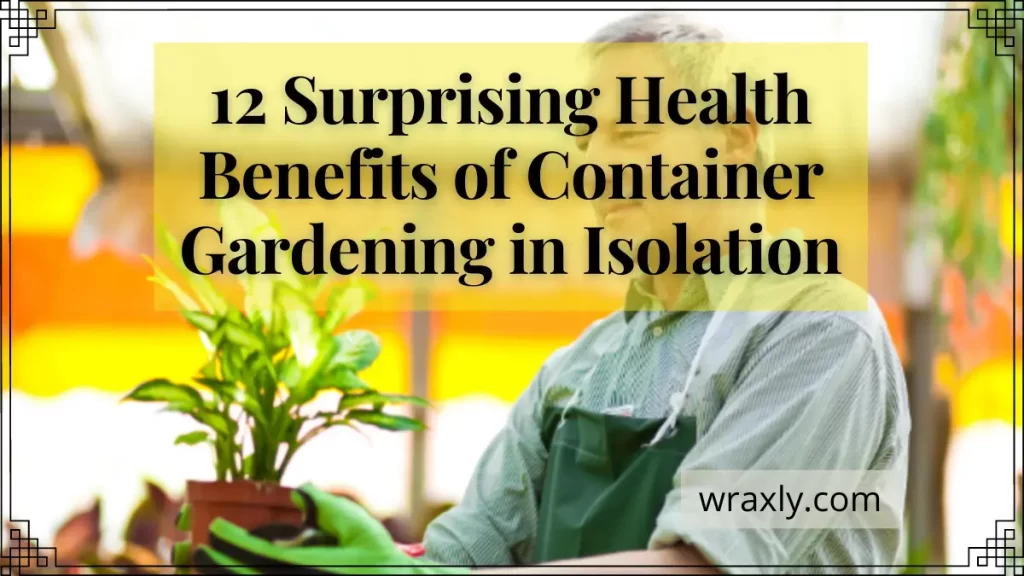
![10 Common Container Garden Mistakes to Avoid [Beginner’s Guide]](https://wraxly.com/wp-content/uploads/2021/02/10-Common-Container-Garden-Mistakes-to-Avoid-Beginners-Guide-1200-1024x576.webp)
